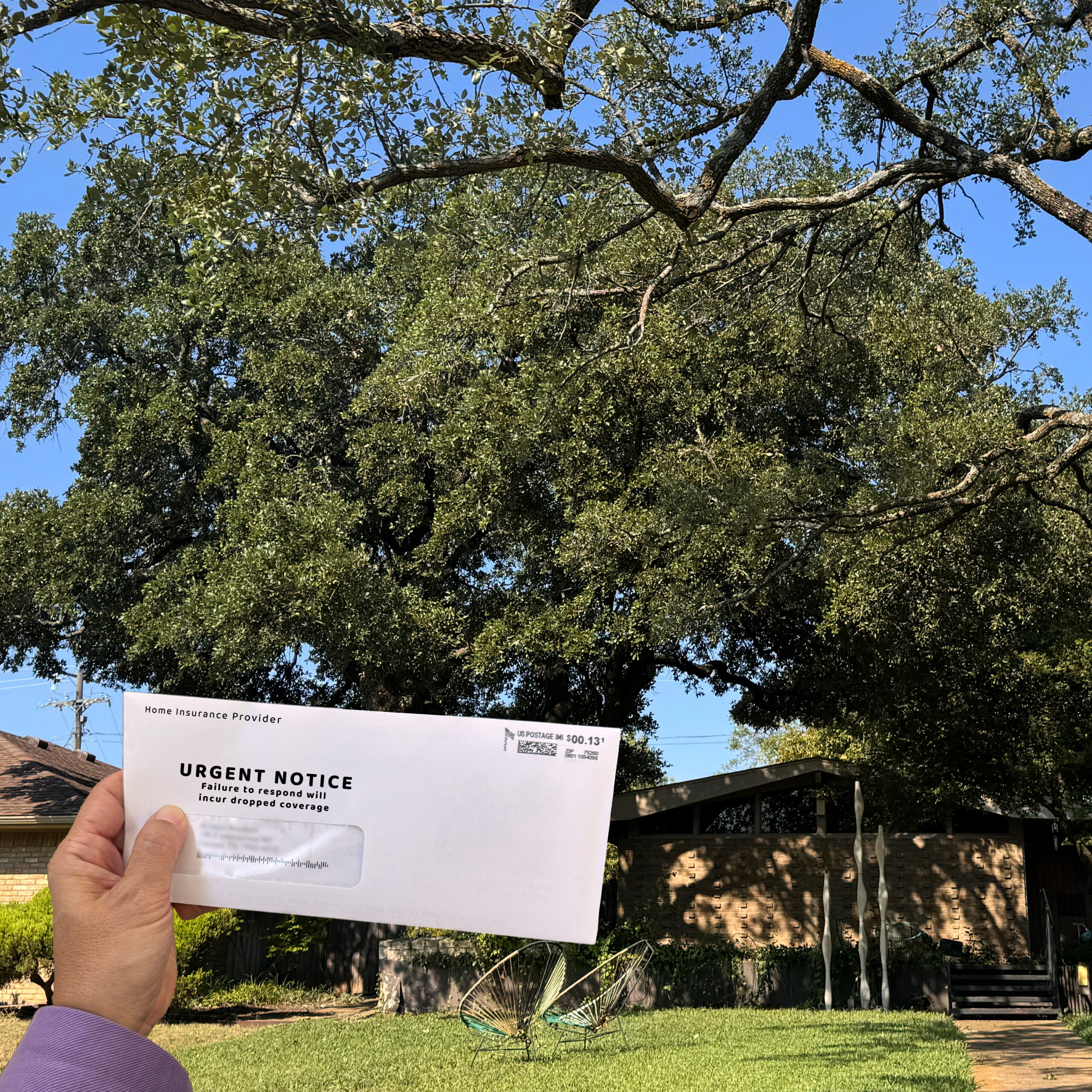When is the Best Time to Trim a Tree? It Depends!

Research into the best way to care for trees is constantly being conducted, and it is critical to keep up-to-date on the best practices. Traditionally, the general rule has been that fall and winter are the best times to trim trees, but new research has shown that this is not always the case. Trimming a tree during the peak growing season (generally spring or early summer) means that the tree has more energy to devote to healing cuts made while pruning. When cuts are made during dormant periods, trees are unable to heal as efficiently and completely, and there is a greater chance that decay, disease, and insects will be able to prey on the exposed wood before healing can begin in the next growing season. However, it may still be the best practice to trim certain trees during dormant periods if there are specific disease or insect considerations, or fruiting/flowering is desired.
What to Consider When Trimming a Tree
-
Why is the tree being trimmed?
-
Is this just maintenance pruning, or is there a specific objective?
-
-
Is the tree healthy?
-
Sick or stressed trees need extra care, and should not be trimmed as aggressively as healthy ones.
-
-
What kind of tree is it?
-
Certain species of tree handle the stress of trimming better than others, and different kinds of trees sometimes have different yearly growth patterns.
-
-
Are there active diseases/pests in the area?
-
Many tree diseases have cycles of infection risk throughout the year.
-
Insects have periods of higher activity and dormancy.
-
-
Contact an ISA Certified Arborist to assess your trees before trimming.
-
Local arborists will be aware of area-specific concerns.
-
Recommended Timing for Tree Trimming
-
Winter
-
Fruit trees for production
-
-
Spring
-
Heavy pruning and large limb removal
-
Aesthetic trimming and shaping
-
Structural pruning of young trees
-
-
Early Summer
-
To stimulate food storage
-
-
Late Summer
-
Trees that flower on previous year’s growth
-
-
Fall
-
Older trees that need to increase energy reserves
-
-
Fall/Winter
-
Oak tree trimming in North Texas to avoid oak wilt season
-
-
Special Considerations
-
If a tree has suffered root damage, avoid trimming for at least two years to reduce stress and encourage recovery.
-
Dead, broken, or hazardous limbs should be removed when possible to avoid risk to persons, animals, and structures.
-
Storm- or frost-damaged trees may need remedial pruning out of season.
-
At Texas Tree Surgeons, we love trees and we love our community! We are committed to staying up-to-date on emerging research in arboriculture, and doing our part to keep North Texans informed about how best to care for their trees. Through continuing education and internal training, our team of ISA Certified Arborists ensure that their advice and guidance is accurate and in keeping with the highest standards of practice. As always, if you wonder when is the best time to trim, or have any other questions about your trees, let us know!
Related Blogs
Similar blogs related to this topic


Facts About Home Insurance & Trees
It’s becoming way too common, especially in Texas, homeowners receiving a threatening letter from their insurance company to drastically remove all tree limbs over a structure to prevent them from falling onto the house. Don’t…
Read more
How Often Should You Trim Your Trees?
Tree trimming is a crucial part of maintaining a healthy, safe, and beautiful yard. But how often should you really be trimming your trees? We’ll explore the ideal trimming schedule for your trees and why…
Read more

What is Prescription Pruning Qualification?
Prescription Pruning Qualification is vital for anyone involved in the care and maintenance of trees, ensuring they are pruned correctly and sustainably. This qualification is built from the years of research from industry leaders such…
Read more
